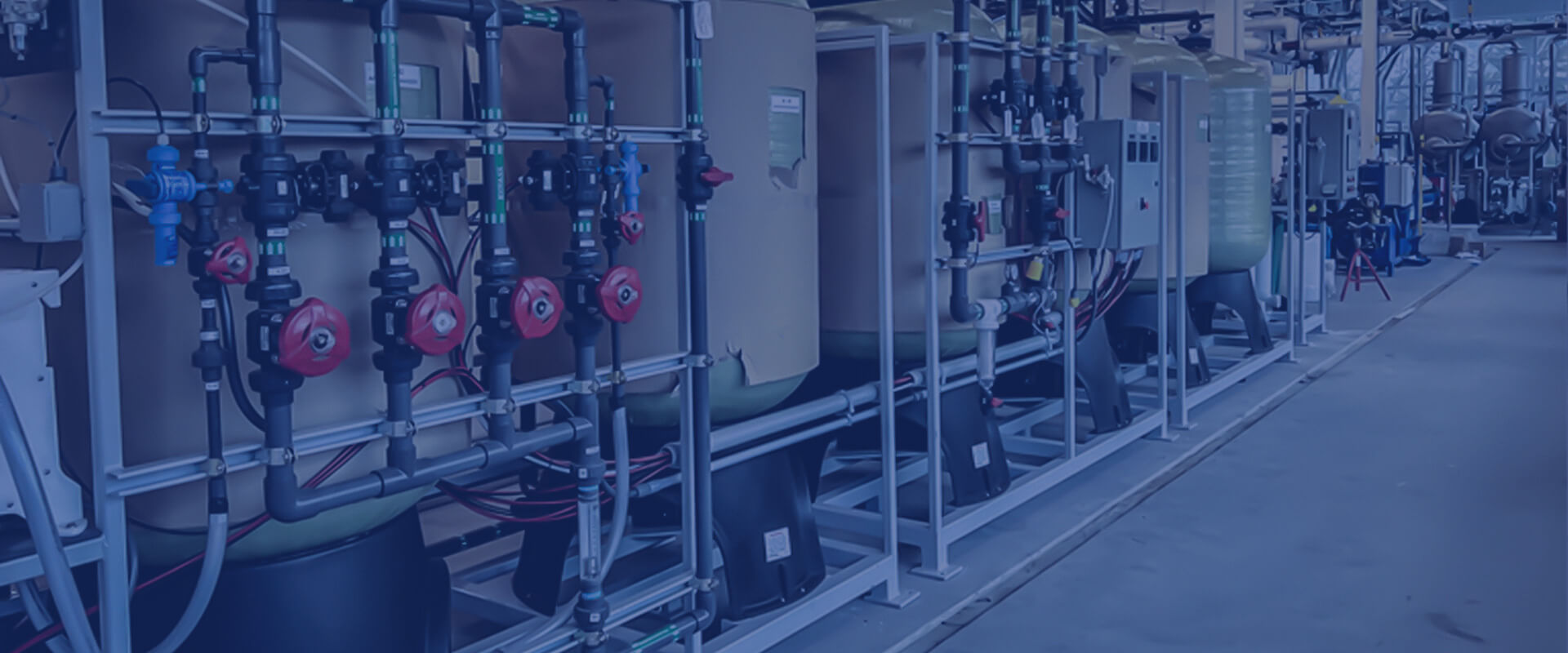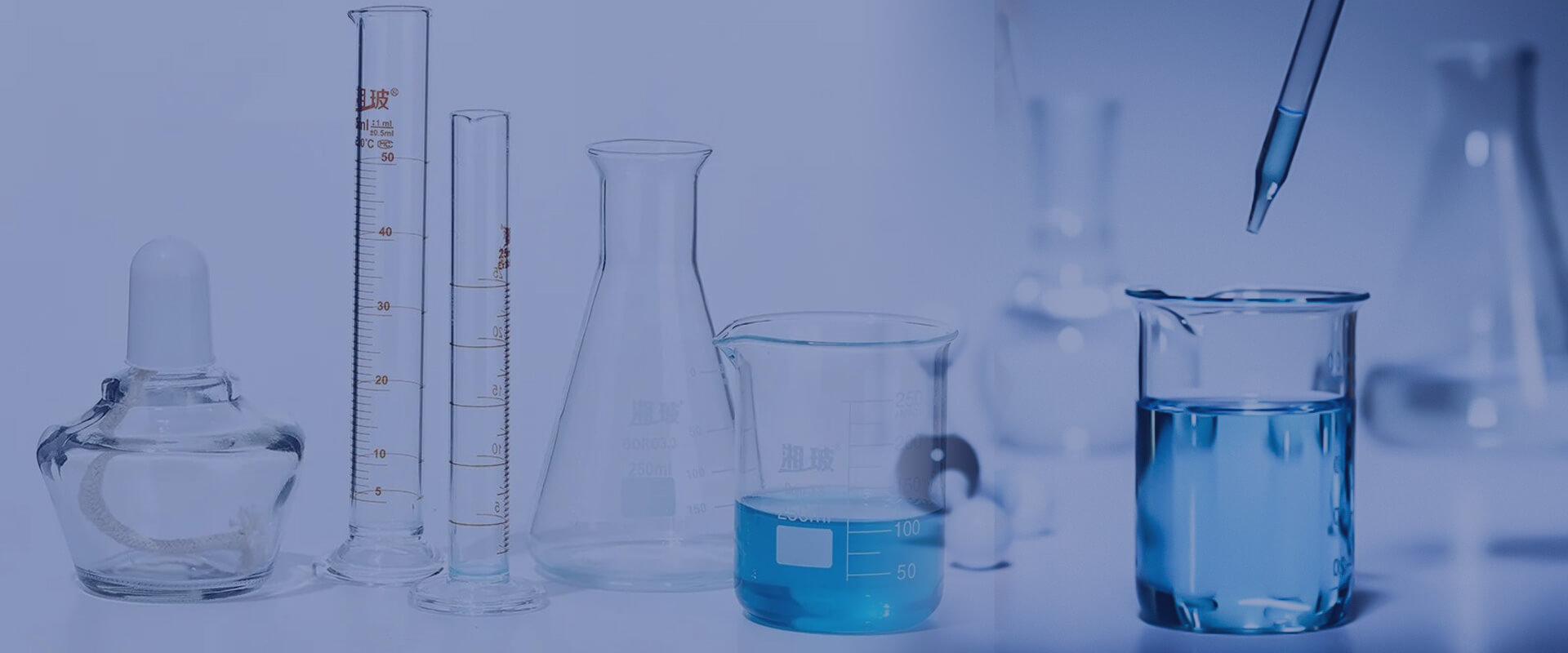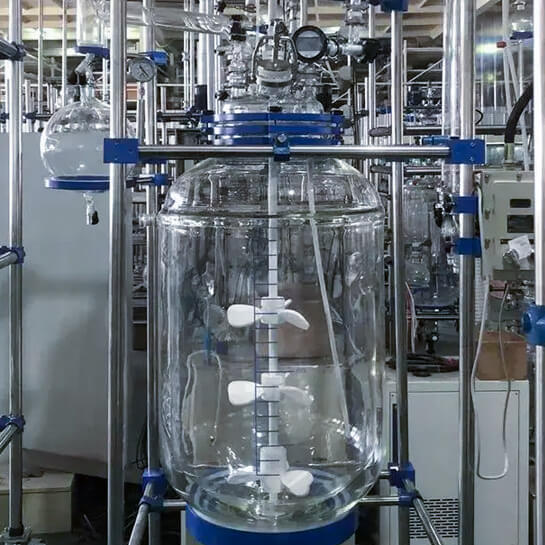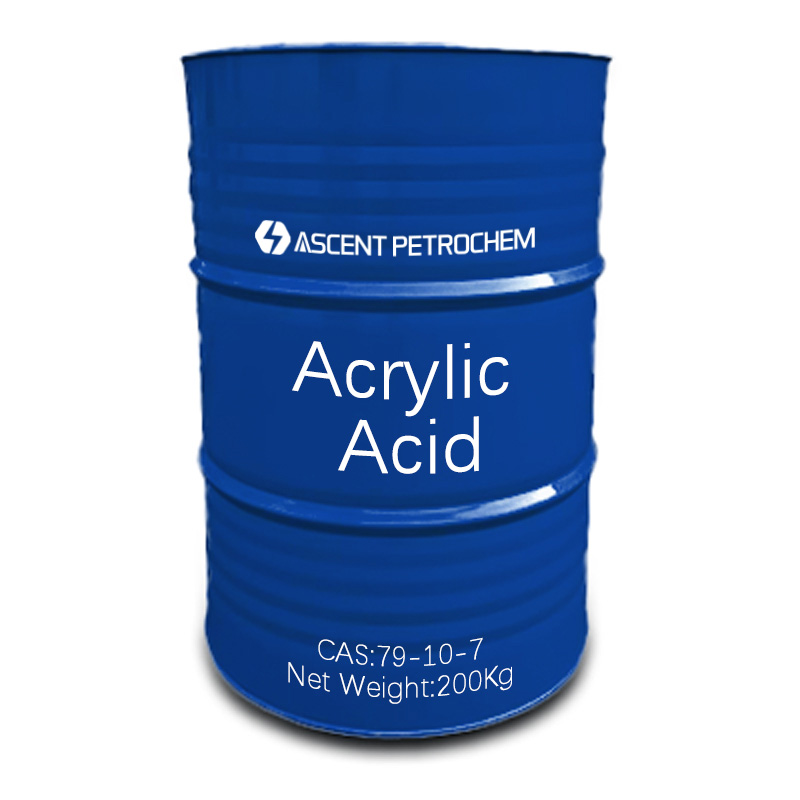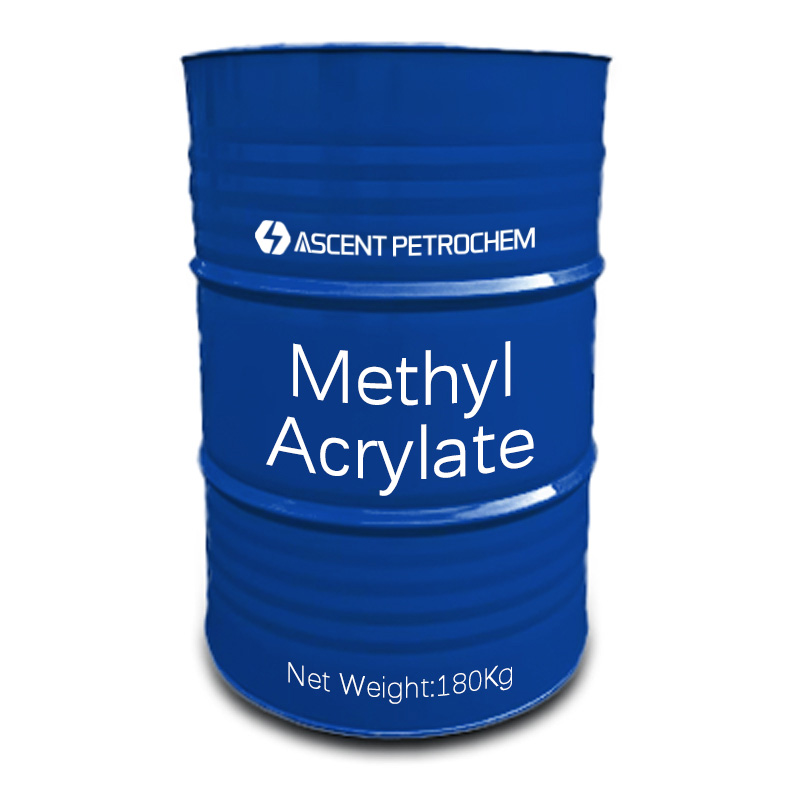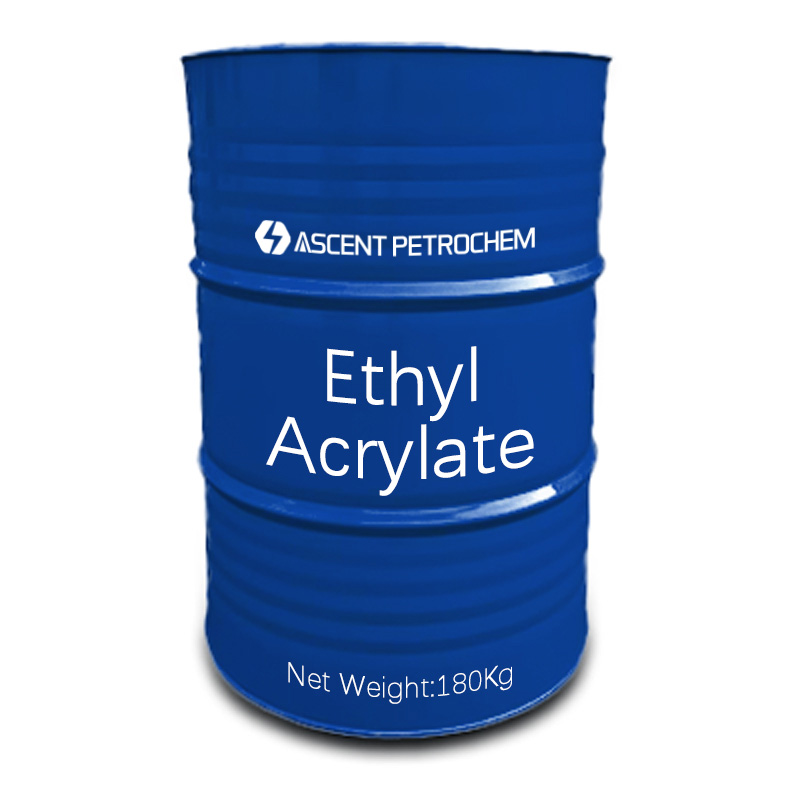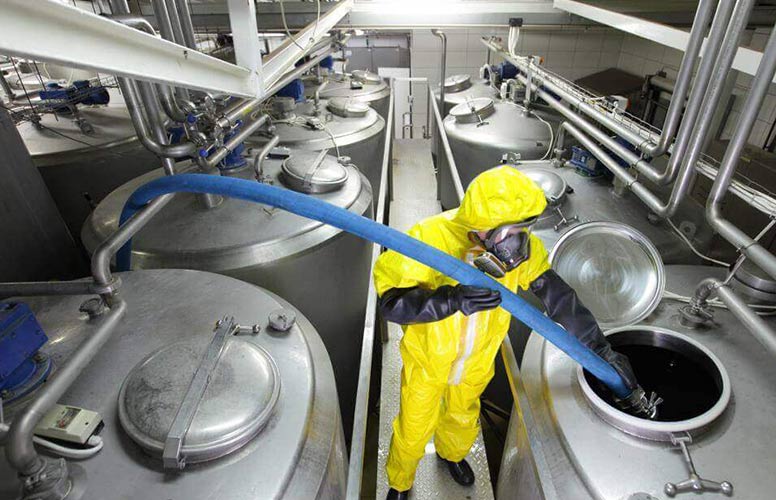About Us
Ascent Petrochem Holdings Co., Limited
Welcome to the official website of Ascent Petrochem Holdings Co., Limited . Our factory is a professional manufacturer specializing in acrylic ester chemicals. Over the years, we have been deeply engaged in the chemical industry, adhering to the four principles of "safety, efficiency, environmental protection, and innovation." We strive to fulfill our environmental responsibilities, meet the needs of our global customers, and promote the sustainable development of the chemical industry.



